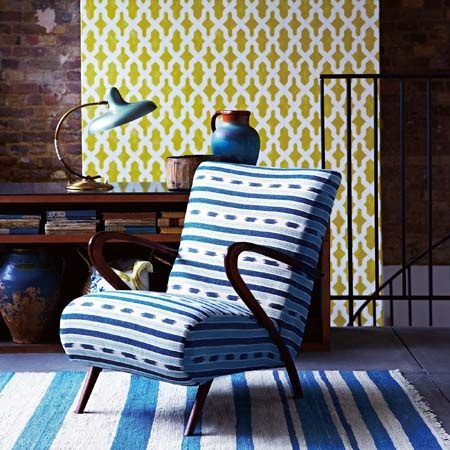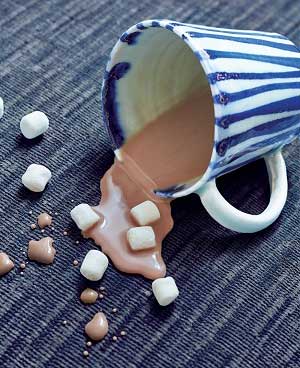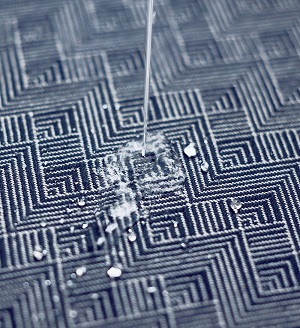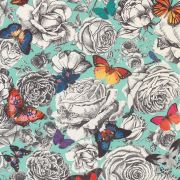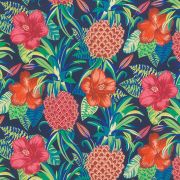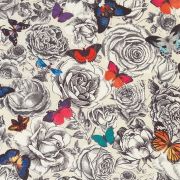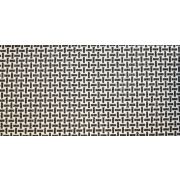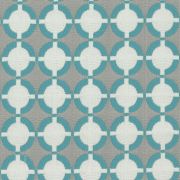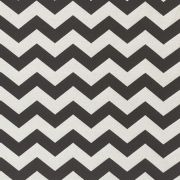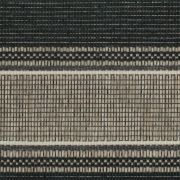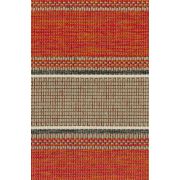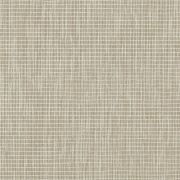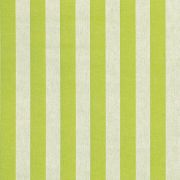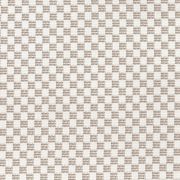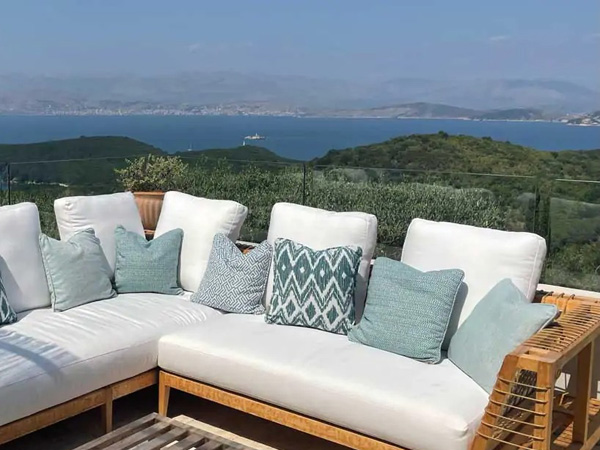Everything You Need to Know About Using Your Outdoor Fabric Indoors
30th July 2023Stylish yet functional, outdoor fabric is perfect for gardens, patios or beside the pool. Did you also know that these qualities make them ideal for indoor applications as well? As more and more people discover the joys of using outdoor fabric inside, we take a look at the practical benefits of embracing this new trend.
Beauty and Comfort
Modern technology and innovative design have meant that contemporary outdoor fabrics defy expectations in terms of appearance and feel.
They are far from coarse, stiff or only available in limited colours - as you might expect from a fabric which is built to withstand all weathers. Exterior fabric has come a long way and is now just as soft and stylish as their indoor counterparts.
Available in lush tones, from the deepest hues to the brightest shades, there's now a huge selection of patterns. Smart ikats, lively florals and detailed jungle motifs, has everyone spoiled for choice when decorating their home.
Built to Last
Outdoor fabric is also called performance fabric, simply because, when up-against the wear and tear of everyday life, they perform better than indoor ones. They are inherently stronger and more resistant to abrasion.
Moreover, the majority of outdoor fabric is stain and water repellent, mould resistant and lightfast. These are characteristics that make them suited to high-traffic areas such as living rooms, kitchens and playrooms. They then are brilliant anywhere pets or children are concerned.
Five Reasons to Bring Outdoor Fabrics Inside
1. Hard-wearing
If you have pets or little ones who are forever clambering about on your furniture, a fabric that can withstand abrasion is absolutely necessary. Outdoor fabrics are generally stronger and more resistant to wear and tear compared with indoor fabrics. This makes them particularly suited to furnishings that see the most traffic, such as kitchen seating, living room sofas, and armchairs.
2. Stain-resistant
Outdoor fabric has usually been given a coating that makes them less absorbent to dust, dirt or accidental spillages. Typically, they will have a special stain release finish which will prevent any blemishes from permeating the surface. They're therefore easier to clean. Furnishings in your kitchen, living room or dining room often encounter spills, so upholstering these in an outdoor fabric will make dinner parties and mealtimes a stress-free affair.
3. Mould and Mildew-resistant / Anti-bacterial
Many outdoor fabrics have been treated with a sanitiser to hinder the growth of bacteria which can lead to mould stains.
This is particularly useful for outdoor furnishings such as pool-side sun loungers or awnings that will encounter a lot of moisture. It’s also just as useful indoors in spaces such as bathrooms or kitchens, where humidity levels are likely to be high.
4. Water-repellent
It’s likely that the same coating designed to resist stains will also help to prevent them from absorbing liquids. This often means liquid will run off the surface of the fabric or simply sit on top of it. Both of which, gives extra time to grab a cloth and mop it up.
5. Fade-resistant / Lightfast
Outdoor fabric is specified as having excellent fade-resistance or lightfastness. It will retain their colour for longer, making them the ideal choice for curtains or blinds. This also goes for any furnishings that are exposed to sunlight on a regular basis. A favourite window seat or sun-drenched armchair will look all the better for it.
The process by which this protective finish is achieved may vary across different manufacturers. They, however, usually involve completely saturating fibres with a UV-resistant pigment. This is opposed to simply dyeing the surface of them, as with most indoor fabrics.
More Ways to Use Outdoor Fabrics in Your Home
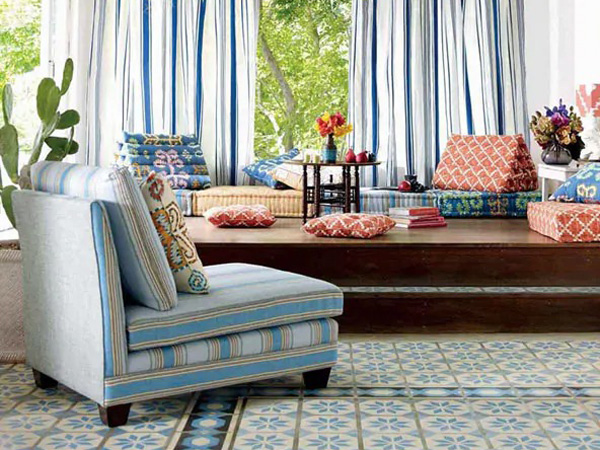

Coastal and Outdoor Interiors
Taking inspiration from the ocean, seaside, beach and marine life, our outdoor and coastal inspirations bring the outdoors in, and the indoors out.
- paypal
- visa
- mastercard
- amex

